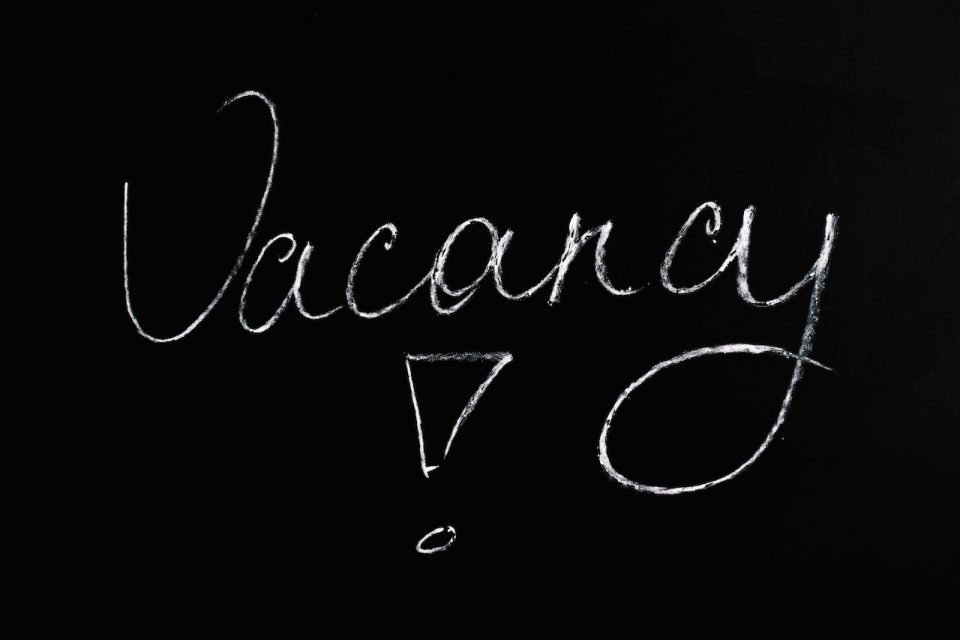The US economy added 187,000 jobs in August, falling short of expectations and signaling a potential cooling in the labor market, according to data released by the Bureau of Labor Statistics on Friday. This unexpected slowdown comes as the unemployment rate saw an unexpected increase, raising concerns about the nation’s economic recovery.
The unemployment rate climbed to 3.8% in August, up from July’s 3.5%, marking the highest level since February 2022. Economists had anticipated that the rate would remain unchanged at 3.5%, highlighting the unexpected twist in the labor market’s trajectory.
Revisions to the July and June job reports, also released on Friday, revealed a grim picture with 110,000 fewer jobs created than initially reported, underscoring the challenges facing the labor market. Over the past year, job gains have averaged 271,000 per month, with the economy surpassing this pace of hiring only twice in the last nine months.
Wage growth, a crucial metric reflecting worker leverage in the labor market, disappointed in August, increasing by just 0.2% on a monthly basis and 4.3% over the last year. Economists had predicted a 0.3% monthly rise and a 4.3% yearly increase, suggesting a slower-than-expected wage growth trend. Notably, wages had registered a 4.4% increase over the past year in July.
Despite the concerning job market developments, there were some positive signs in the labor force. The labor force participation rate increased to 62.8%, reaching its highest level since February 2020. Additionally, average weekly hours worked inched up to 34.4.
Diving into the sector-specific data, healthcare saw the most significant employment gains in August, adding 71,000 jobs. In the leisure and hospitality sector, 40,000 jobs were created, yet this sector still lags behind pre-pandemic levels by approximately 1.7%, according to the BLS. The construction industry saw an increase of 22,000 jobs, while the transportation and warehousing sector experienced a decline of 34,000 jobs.
Federal Reserve Chair Jerome Powell had previously characterized the labor market’s rebalancing as “incomplete,” underscoring the need for potential monetary policy adjustments if the labor market continues to show signs of weakening.
Recent economic data, including the ADP jobs report, the Job Openings and Labor Turnover Survey, and consumer confidence surveys released in August, have all hinted at a slowdown in the US economy’s summer rebound. While the nation is still in the process of recovering from the pandemic, these indicators suggest a potential backslide in economic progress.
Chair Powell has repeatedly emphasized the importance of bringing inflation back to the target of 2%, asserting that achieving this goal may necessitate “some softening in labor market conditions.” This underscores the possibility of further adjustments to ensure sustained growth in the coming months and years.
In conclusion, the latest labor market data paints a mixed picture of the recovery of US economy. While job growth continues, it has slowed, and the uptick in the unemployment rate raises concerns about the overall health of the labor market. As policymakers grapple with these challenges, the need for a careful and strategic approach to economic recovery remains paramount.
Source: Yahoo Finance

